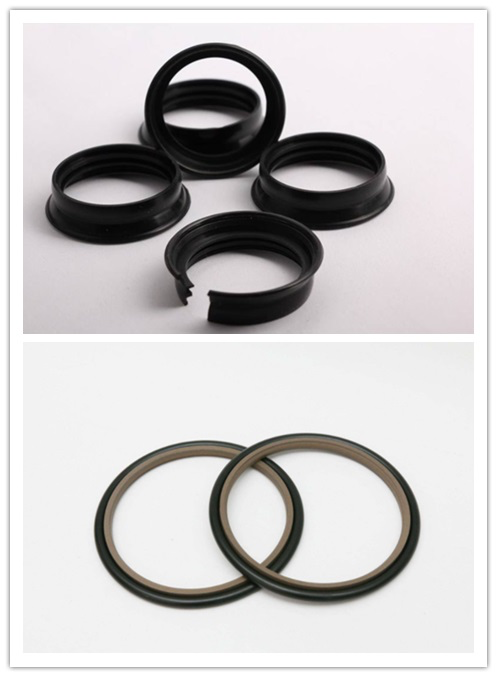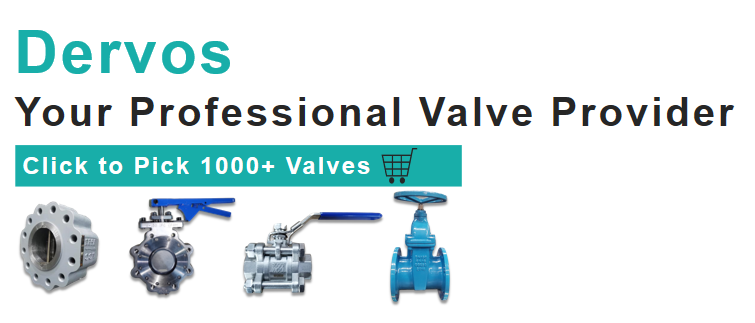Y-type
filters are widely utilized across various industrial sectors, including
petroleum, chemicals, pharmaceuticals, food processing, water treatment, and
more. These filters effectively remove impurities and particulate matter from
fluids, safeguarding downstream equipment from contamination and damage while
enhancing product quality and production efficiency. Here are some specific
scenarios where Y-type filters are ideally suited:

1. Industry
Applications:
(1) Chemicals
and Petrochemicals: In chemical and petrochemical processes,
Y-type filters filter weakly corrosive materials such as water, ammonia, oils,
hydrocarbons, etc., to eliminate impurities and solid particles, protecting
production equipment and enhancing product quality.
(2) Oil and
Petrochemical Industry: Used for filtering liquids like crude oil,
fuel oil, and lubricants, ensuring smooth equipment operation and improving
product purity and quality.
(3) Pharmaceutical
Industry: In
pharmaceutical production, Y-type filters purify solutions, liquids, and
slurries, removing impurities and particles to guarantee product purity and
quality.
(4) Food
and Beverage Industry: During food processing and beverage
production, Y-type filters filter juices, beer, milk, drinking water, etc.,
eliminating suspended solids, microorganisms, and other contaminants, ensuring
product hygiene and safety.
(5) Microelectronics
Industry: In microelectronics manufacturing, Y-type filters filter chemical solvents,
cleaning solutions, etc., in the semiconductor industry, ensuring product
quality and smooth operation of manufacturing equipment.
2. Filtration
Needs:
(1) Equipment
Protection: When fluids contain solid particles, these can clog
or damage critical equipment like pipes, pumps, nozzles, and instruments.
Y-type filters effectively block these particles, protecting equipment from
damage.
(2) System
Reliability Enhancement: By filtering impurities from fluids,
Y-type filters improve overall system reliability and stability, reducing
failures and downtime caused by contaminants.
3. Applicable Media:
Y-type
filters are suitable for various media, including water, oil, gas, and
corrosive substances, making them widely applicable in fluid processing across
industries.
4. Selection
Considerations:
When
selecting a Y-type filter, factors such as flow requirements, filtration
accuracy, media properties, and working pressure must be considered to ensure
the appropriate model and specifications are chosen. Different Y-type filter
models (e.g., GL11W threaded stainless steel Y-type filter, GL41H flanged
stainless steel Y-type filter) have distinct characteristics and application
scopes, requiring selection based on actual needs.
Y-type filters are appropriate when filtering solid particles from fluids in pipeline
systems to protect equipment and enhance system reliability. Selection should
also consider specific application scenarios and requirements.






